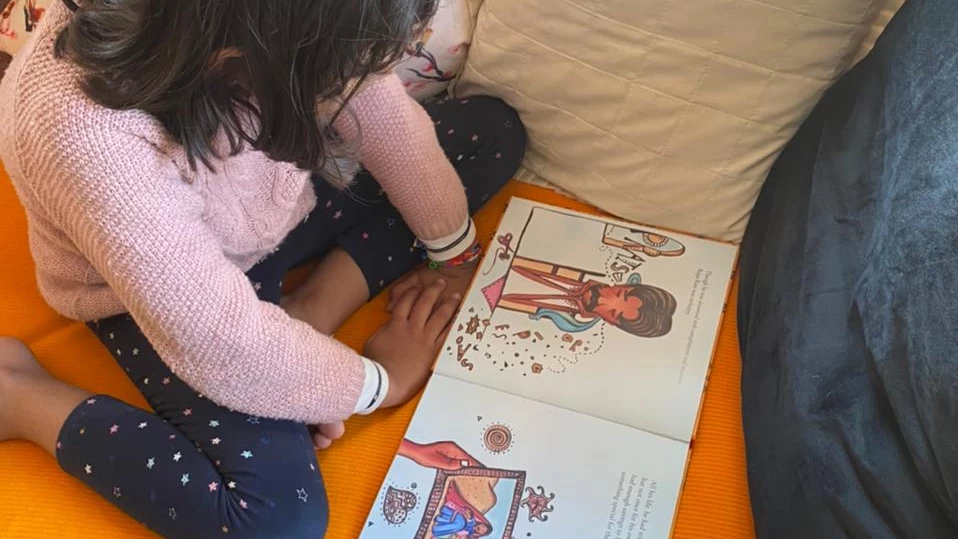
Last year, our screens and feeds were flooded with horrific images from the Atacama Desert, in Chile, of its newest dunes. No, not dunes made of sand but of piles and piles of discarded, unsold clothing from across the world! If most of these are made of synthetic fabrics, we are in deep, deep trouble, for these will not decompose for a long, long time!
On the other hand, fabrics made of cotton, hemp, wool, linen and other natural fibres are biodegradable, low-impact and more sustainable. We all know that, but what does it mean? Well, these natural fibres can be composted as they have a rather excellent way of going back to the soil. Now, isn’t that great!

There’s no time like the present to teach your child about what happens to their clothes once they have been thrown away. Or why certain fabrics are good for the environment—and for them, in the long run. But how can we break down decomposition or ‘going back to Earth’ for children? And help them separate the ‘good fibres’ from the ‘bad fibres’? Is it possible to teach them how to compost fabrics? Young children love to observe and learn. So, it’s a great idea to bring some science into it.

Download, print and help your child fill this fabric composting worksheet, so they have a record of what they learnt!
Once your child’s gotten a hang of what fabrics decompose and which ones don’t, you can begin to create circularity at home. It goes without saying, this starts with discouraging throwaway culture to whatever extent possible. Mend clothes with your children and show them there is beauty in things that are repaired. As good as new is not the objective—things don’t lose their beauty or functionality just because of a slight tear or because they’ve been darned over with a patch.
But what about garments that are beyond mending? Fabrics that you and your child have figured cannot be composted—from the above experiment—need to be disposed of responsibly.

Compost fabrics you now know can be composted. Here is a simple guide on how you can compost your fabric at home.

. . .






